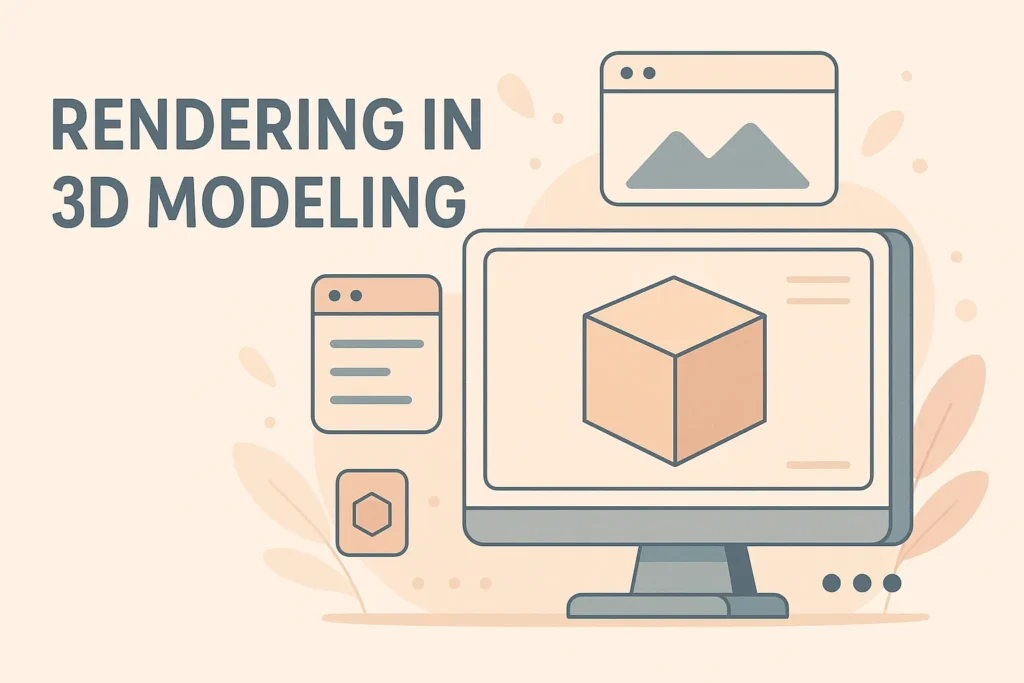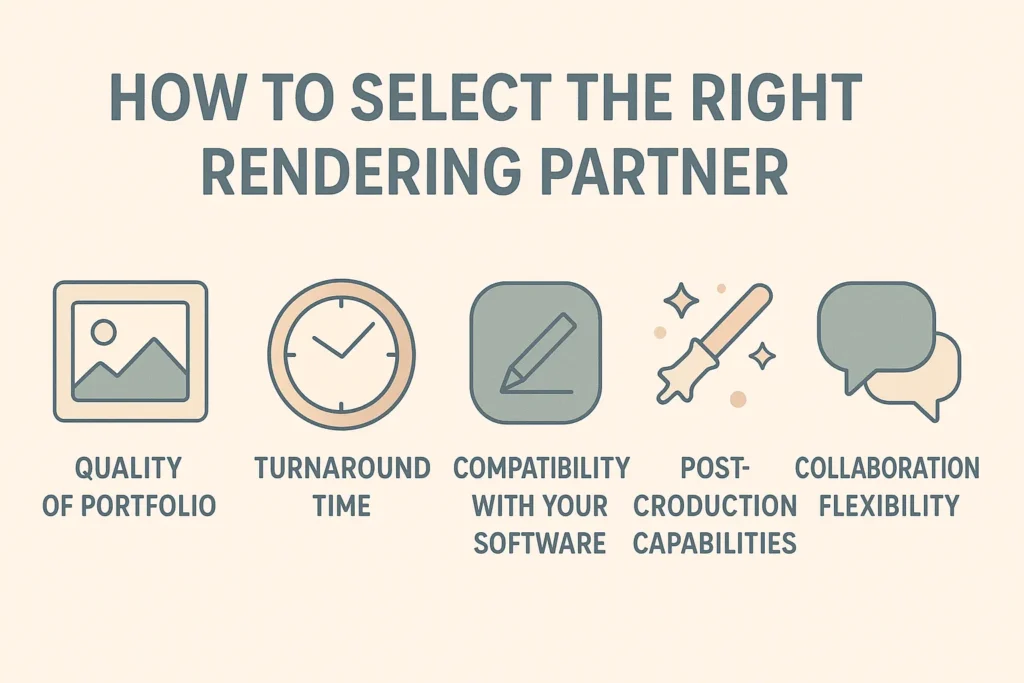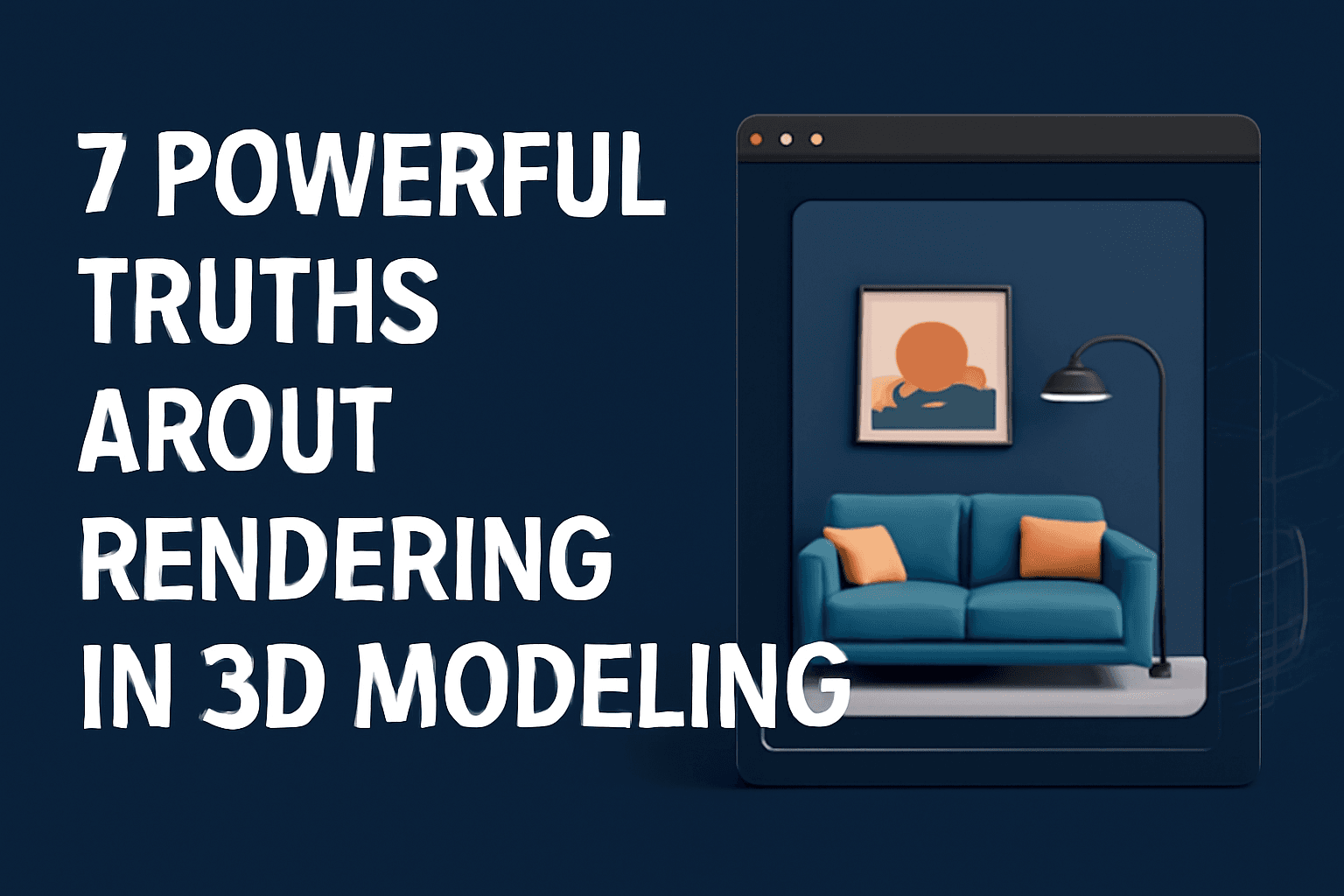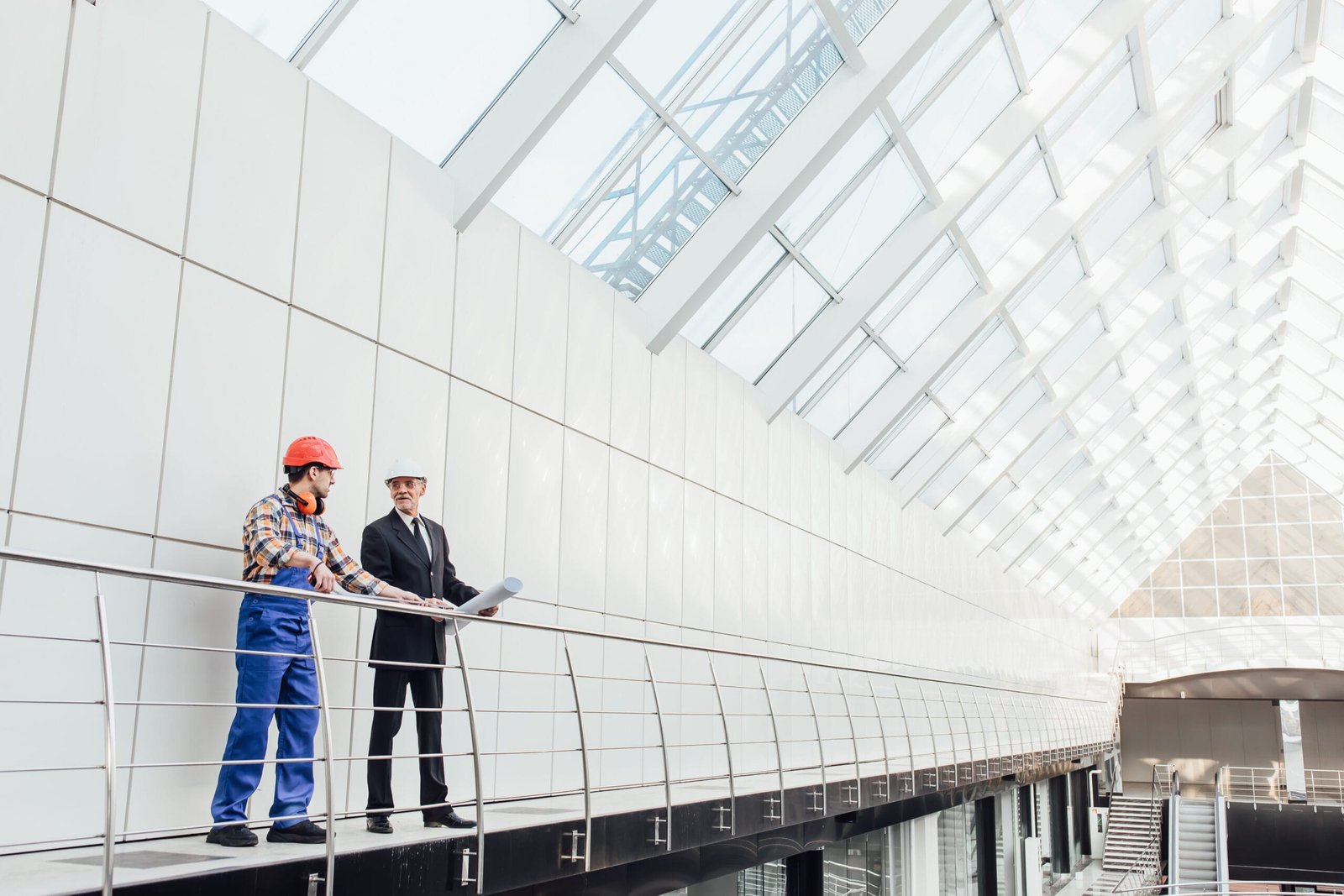First, you must know what is rendering in 3d modeling is all about. Later, we go deep into it. Here’s the powerhouse of the solutions – DesignHok.
Top-Rated Plus design agency offering specialized services in 3D & 2D CAD modeling, product rendering, concept design, mechanical simulations, and animation rendering for visualization of ideas to entrepreneurs, manufacturers, architects, and creative studios for clarity in designing and customization over 14 years of engineering experience.
Whether you’re working on robotic assemblies, mechanical design, architectural prototypes, or product development, rendering in 3D modeling enables the creation of photo-realistic images, video walkthroughs, exploded views, and interactive simulations that significantly improve communication and decision-making.
Our armory for rendering in 3D modeling includes industry-leading tools like Blender, KeyShot, Lumion, AutoDesk 3DS Max, V-Ray, and SolidWorks Visualize—supported by AI-augmented post-production software, batch rendering capabilities, cloud integration, and 360-degree interactive visualization.
Let’s now find out what the meaning of the rendering is in 3D modeling and how it is so crucial for the success of your project.

What Is Rendering in 3D Modeling?
Rendering in 3D modeling is the transformation of a 3D digital model into a 2D image or animation. It’s that last step in the 3D design pipeline, where raw models become visually compelling assets ready to be presented, published, or sold.
The application includes setting up textures, lights, shadows, camera views, and post-effects to make photo-realistic or stylized renders. From cinematic animations to product demonstrations and interior/exterior architectural walkthroughs, 3D modeling and rendering present a great opportunity in how we present our content.
Importance of 3D Rendering
1. Realism and Design Understanding
Rendering enables a stakeholder to experience the model in the actual environment even before it is constructed practically. This helps to detect design issues, select colors and materials, and understand the dimensions of the object.
2. Marketing and Presentation
Whatever you are introducing, whether it is a new device or showing clients a building, rendering makes your project look super impressive in marketing material and on the digital front.
3. Simulation and Functional Testing
Others go beyond visuals to include lighting simulation, material behavior, and thermal testing that help engineers, architects, and product developers in testing feasibility and performance.
4. Client Engagement
High-quality 3D renders make it easier for clients to give feedback and become emotionally invested in the project, which fast-tracks decision-making, as well as approvals of projects.
Different Types of Rendering in 3D Modeling
The techniques are varied while depending on the need for a particular project:
Photorealistic Rendering
The form with the highest degree of photorealism closely resembles real-world visuals; typically, this is used in architecture, automotive, and consumer products.
Real-Time Rendering
Used obviously in games, AR/VR, and simulations where interaction by the user is immediate.
NPR (Non-Photorealistic Rendering)
Also called stylized rendering, i.e., rendering using some art styles like sketching, cartoon, or the like, hand-drawn illustrations.
Cloud Rendering
Done on high-performance cloud servers to fasten large-scale projects or team collaborations.
Rendering Process Workflow
Let’s separate what’s commonly being done as the rendering process workflow in 3D modeling:
Step 1: 3D Modeling
Initial CAD or DCC ‘modeling’ of the basic 3D-structure.
Step 2: Texturing and Materials
Application of textures, maps, materials to the surface, and any kind of combination for realistic expression, e.g., shine for metals, grain for fabrics, transparency for glasses, etc.
Step 3: Lighting Setup
A ‘light’ analyst that defines how the model behaves under specific circumstances, either natural daylight, artificial or ambient at home, or even a studio flash setting.
Step 4: Camera and Framing
The last camera angles should be selected along with the depth of field and framing to produce the final shot or animation.
Step 5: Rendering Engine
V-Ray, coupled with Blender cycle, executes this function of simulating how light will interact with surfaces and ultimately generating the image.
Step 6: Post-Processing
Post-process enhancements such as color correction, bloom, fog, motion blur, etc. done with Photoshop/After Effects.
Tools Used in 3D Graphic Applications
Designing tools uses industry-standard rendering software, which strikes a balance between quality and efficiency. Such include:
- KeyShot for real-time product visualization
- Blender, an open-source application with versatility
- V-Ray for high-end photorealistic rendering
- Lumion’s architectural rendering is optimized for Lumion’s recent releases and version updates
- SolidWorks Visualize tailored for mechanical assemblies
All the above-listed tools are capable of batch rendering, control of the environment while rendering, and also accept plugins.
Industries That Use 3D Rendering in Modeling
1. Architectural Visualization
This is whereby buildings, their interiors, and landscaping are all developed in much immersive detail.
2. Mechanical Engineering
This is where parts, subassemblies, and whole systems are visualized well before they are built.
3. Entertainment & Gaming
Develop characters, environments, and cinematics with photo-realistic style.
4. Advertising & Product Design
Create appealing product design images that look as real as prototypes or as existing products for marketing purposes.
5. Aerospace & Automotive
Carry out aerodynamic simulations, visualize cockpit navigation, or show a motor’s operation animation.
Challenges Generally Encountered in Rendering
Although potent, 3D modeling rendering comes with its share of obstacles:
- Rendering Time: A single high-quality render can take hours or even days.
- Hardware Demands: Powerfully demanding, requiring extremely good GPUs or cloud rendering farms.
- Over-Realism: Sometimes, that’s over-realism can be distracting or even misleading.
- File Size: Final renders may be heavy in size and difficult to share over the net without losing compression.
At DesignHok, we handle these obstacles by adopting AI-facilitated denoising, adaptive sampling, and hybrid cloud rendering workflows.
Rendering in 3D Modeling vs. Animation
Despite using analogous software, the distinction lies in creating an outputted still image or pre-rendered video concerning rendering and multiple rendered frames for animation.
For example, a 3D product video might be an animated render, while an image of the product might be just one shot as a static render.
How to Select the Right Rendering Partner
All rendering services are not alike. Consider the following:
- Quality of Portfolio
- Turnaround Time
- Compatibility with Your Software
- Post-Production Capabilities
- Collaboration Flexibility
And much more—it’s all part of the DesignHok design experience, where a collaborative approach guarantees you are involved, informed, and in control throughout the rendering process.

FAQs
What is 3D rendering in modeling?
The conversion of a 3D model to a 2D image or animation through special techniques and software is known as 3D rendering in modeling.
Why is rendering important in design?
To enable stakeholders to envisage what is to be built, for marketing, communication, design validation, among other uses, and ways that may support design validation.
Which rendering software is best?
Blender, V-Ray, KeyShot, Lumion, and SolidWorks Visualize are among the best in 3D modeling when it comes to rendering, each for a specific purpose.
How long does rendering take?
Depending on the complexity, it can take from a few seconds (for low-res), several hours, or even days (for high-res or animations).
Can I render on an ordinary laptop?
The basics can be rendered on a mid-range laptop, but for professional-quality rendering in 3D modeling, it’s recommended to have high-performance GPUs or cloud rendering.
Strategic 3D Modeling: It’s More Than Just Eye-Feasting
You could be an architect with dreams of a skyscraper, a mechanical engineer optimising an assembly line, or a startup founder designing the next big consumer product – 3D modeling and rendering convert your dreams and designs into conceptually convincing products.
It’s not about pretty pictures. It’s about telling a story, aligning teams, and selling ideas that matter. At DesignHok, we don’t render. We render with purpose.



